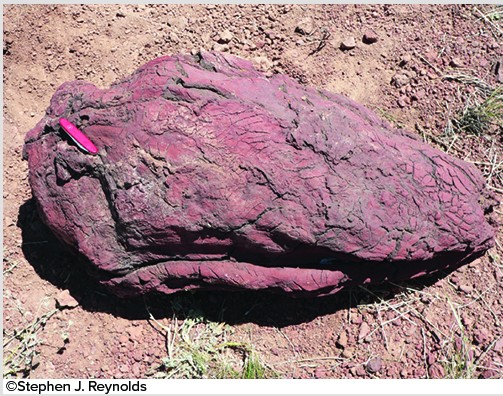Discuss how currents and wind change during an ENSO event. What will be an ideal response?
Surface winds across most of the tropical Pacific normally move from east to west. The trade
winds blow from the normally high-pressure area over the eastern Pacific to the normally
stable low-pressure area over the western Pacific. However, for reasons that are still unclear,
these pressure areas change places at irregular intervals of roughly 3 to 8 years: high pressure
builds in the western Pacific, and low pressure dominates the eastern Pacific. Winds across
the tropical Pacific then reverse direction and blow from west to east—the trade winds
weaken or reverse. This change in atmospheric pressure (and thus in wind direction) is called
the Southern Oscillation. The trade winds normally drag huge quantities of water westward
along the ocean’s surface on each side of the equator, but as the winds weaken, these
equatorial currents crawl to a stop. Warm water that has accumulated at the western side of
the Pacific—the warmest water in the world ocean—can then build to the east along the
equator toward the coasts of Central and South America. The eastward-moving warm water
usually arrives near the South American coast around Christmastime and the current was
given the name, El Niño. The phenomena of the Southern Oscillation and El Niño are
coupled, so the terms are often combined to form the acronym ENSO, for El Niño/Southern
Oscillation. An ENSO event typically lasts about a year, but some have persisted for more
than three years. The effects are felt not only in the Pacific; all ocean areas at trade wind
latitudes in both hemispheres can be affected.
You might also like to view...
In 2025, 7 of the 10 biggest cities in the world will be in
A) Asia. B) Africa. C) North America. D) South America. E) Europe.
Saudi Arabia holds the record for the warmest surface air temperature ever recorded at 136 degrees Fahrenheit
Indicate whether the statement is true or false
A(n) ____________________ is an area with recognizably similar internal characteristics that are distinct from those of other areas
Fill in the blank(s) with correct word
What type of basaltic feature is shown in this photograph?
A. pahoehoe lava flow B. vesicles C. pyroclastic flow D. aa lava flow E. volcanic bomb